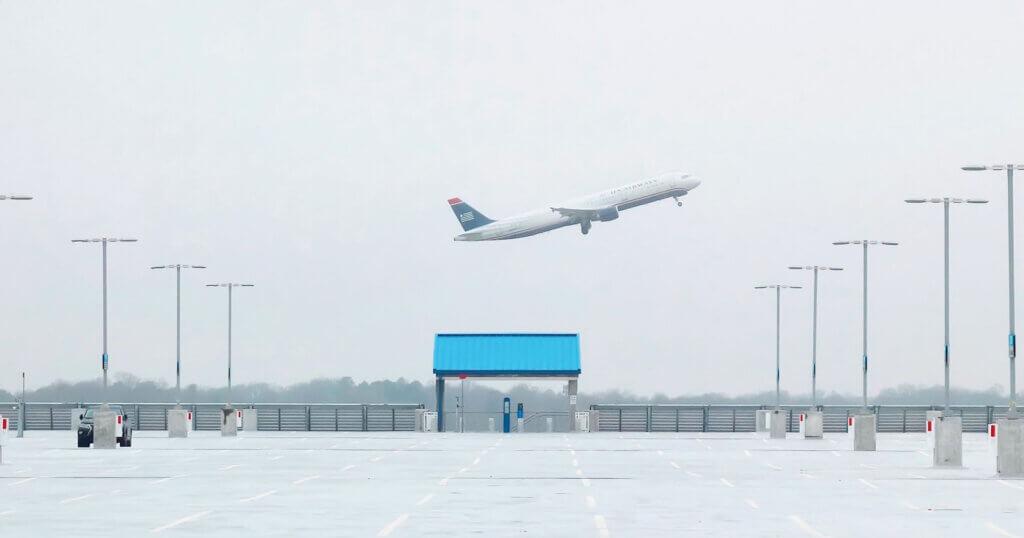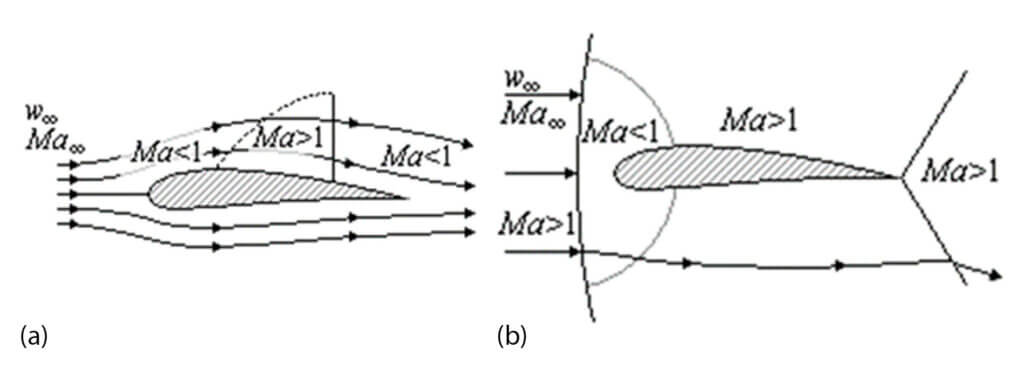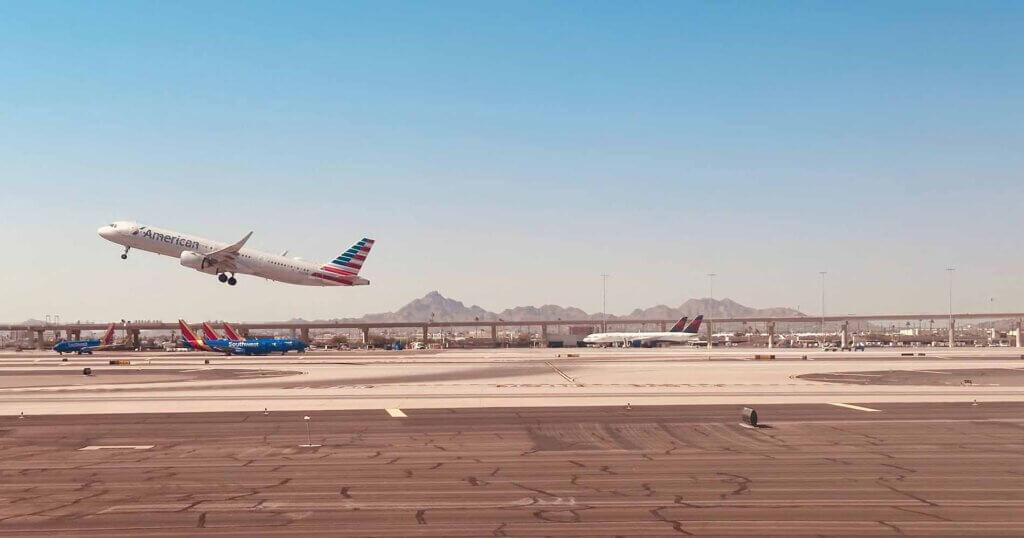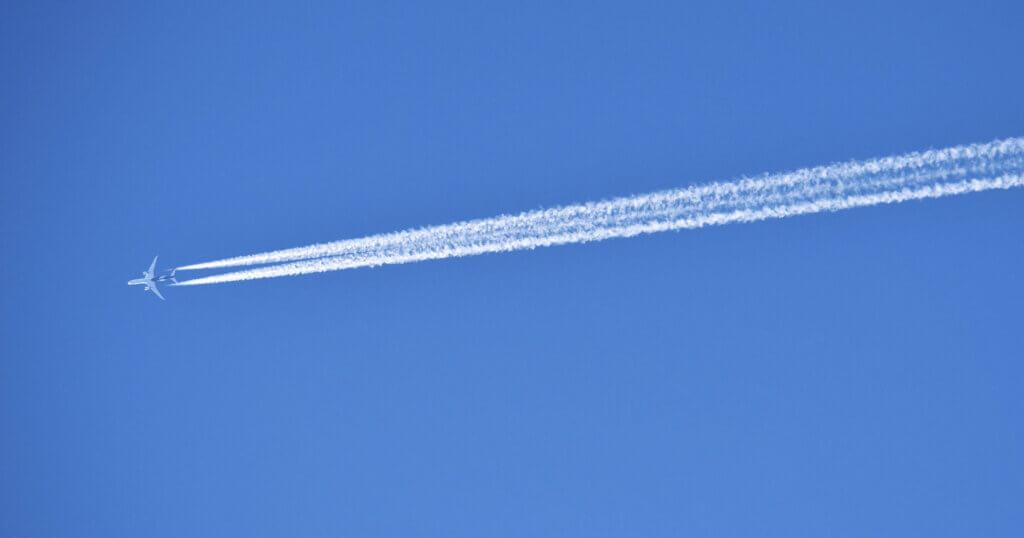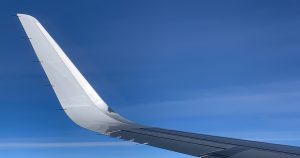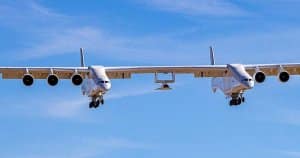Aircrafts speed is limited due to several factors. In one hand, it is the time limit during which engines can run at full power. On the other hand, at low altitudes the maximum speed will depend on structural limitations while, at high altitude the limitation will come for aerodynamic reasons. For example, the Airbus A320 cannot exceed the cruising speed of M.79.
Thus, the Federal Aviation Administration (FAA), responsible for aviation safety and regulations, publishes the certification of each aircraft brand and model operating around the world, indicating their minimum and maximum flight speeds.
As a general rule, commercial aircrafts fly around M.77, which is equivalent to about 860 km/h or 14 kilometres per minute. An exception was the Concorde, the fastest passenger aircraft ever, which reached cruising speeds of up to 2.35 Mach, that is 41 kilometres per minute.
However, the fastest aircraft in history has been the Lockheed SR-71 fighter ‘Blackbird’, reaching 3540 kilometers per hour, or what is the same, almost one kilometer per second.
